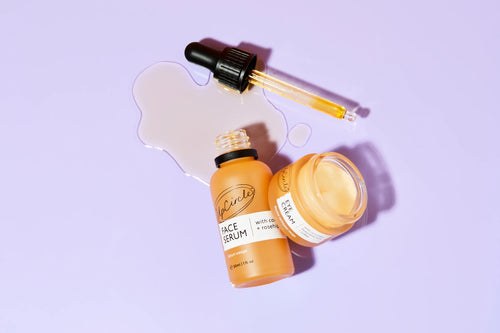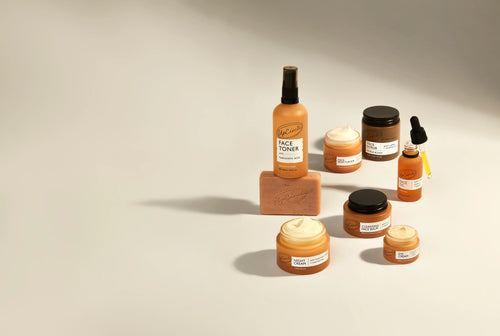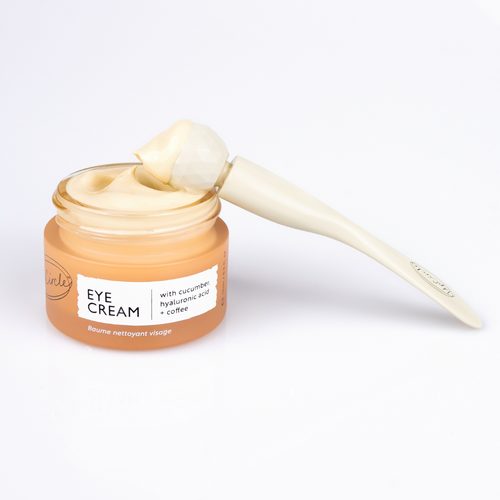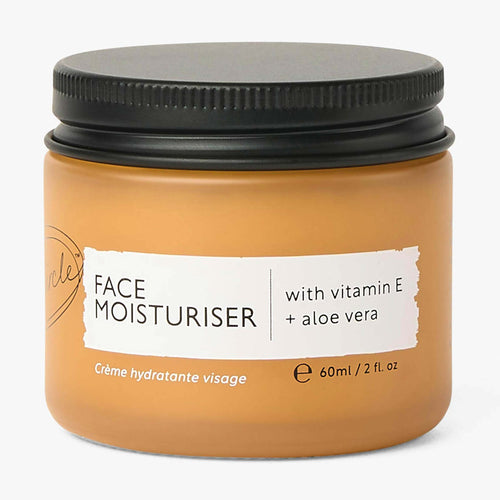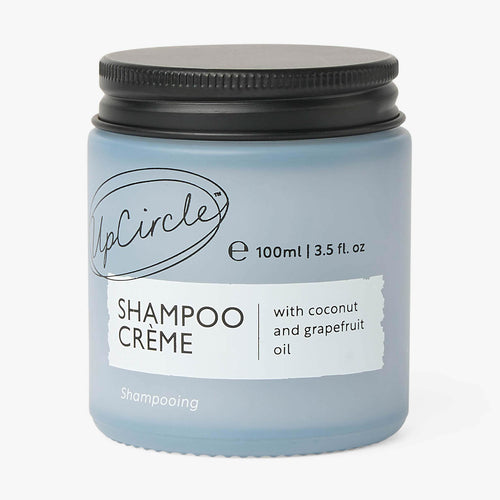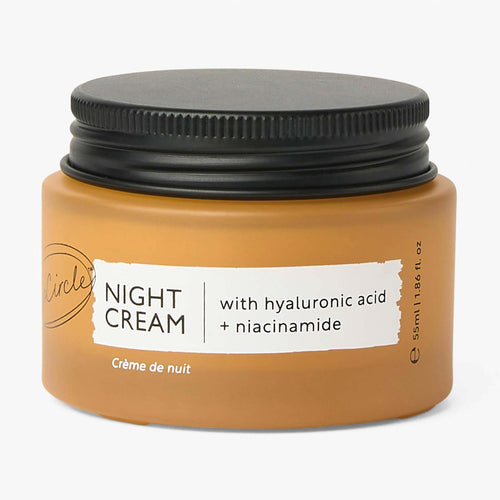Fast fashion is a global catastrophe and time bomb. The solution is circular fashion, with novel concepts such as sustainable fashion rental and slow fashion manufacturing.
What is fast fashion?
Fast fashion refers to cheap fashionable clothes that are designed to hit the high street or online retailers and then be swapped out quickly. As recently as the year 2000, brands would produce two collections each year. Now high street names, like Zara, can release up to 24 new collections every year. We replace our clothes quickly and rarely recycle them. We make more, but we wear them less.
Not only is this speed of turnover incredibly wasteful, manufacturers have to use huge amounts of resources to maintain this fast production cycle.
Fast fashion isn’t sustainable and impacts the environment enormously. It also has social and ethical implications, in terms of workers in the supply chain being subjected to labour rights violations and the use of child labour. It creates vast amounts of waste (92 million tonnes per year), is the second leading water-consuming industry, and has a painfully high carbon footprint (10% of global carbon emissions annually). In addition, washing our clothes releases half a million tonnes of microfibers into our oceans every year. That’s the same as 50 billion plastic bottles.
Visually, you can see one horrendous impact of fast fashion with photos of Chile’s Atacama Desert and its clothing mountains.
Circular economy fashion aims to turn the problems of fast fashion around and change attitudes to how we buy and use our clothes.
The rise of circular fashion
Fast fashion is unsustainable in so many different ways. Moving to sustainable fashion using the circular economy will begin to tackle the environmental, social and waste implications of the fast fashion industry. It will reshape the clothing and apparel industry, and will fundamentally change consumer habits – which is no small task!
What is the circular economy in fashion?
Circular fashion is radically different in that it is regenerative. Clothes aren’t designed with speed in mind. Instead, they are designed with their next use and future in mind. The idea is that each item is circulated, retaining its use, and then safely disposed of or recycled at the end.
With circular fashion, there is an expectation for everyone – designer, manufacturer, logistics, distributor and consumer – to play their part. Apparel is created with efficiency, biodegradability, recyclability and ethics in mind.
In a perfect system, circular fashion will ensure a life cycle of items which don’t cause any socio-economic or environmental harm. In reality, a no-harm process is near impossible, so the goal is to move as close to it as possible, and mitigate as much negative environmental impact as possible.
Items should be designed to last, using materials that are least harmful to the planet, using as few resources as possible. They should be produced efficiently, with good ethics and renewable resources. Processes should be established to enable items to be reused and recycled, and ultimately disposed of responsibly. At the consumer level, circular fashion requires a change in attitude to repair and care, as well as circular economy fashion examples such as renting clothes.
So, what does circular fashion look like in practice for the consumer?
1. Sustainable fashion rental
A huge change to how you manage your wardrobe will be sustainable fashion rental. Instead of owning your own clothing, you’ll rent the items you want to wear. This means that you can switch up your look regularly, as you’ve come to want, but the items will be high-quality and won’t be discarded at the drop of a hat.
Sustainable fashion rental is one of the clearest circular economy fashion examples gaining traction. We see it clearly with things like hiring designer bags.
2. Reuse, recycle
Selling your old garb and buying pre-loved for your next outfit is becoming trendy – and it’s also a lot better for the environment. Instead of throwing more money at fast fashion pieces, with their impact on the environment, buying second-hand enables pieces to have a much longer life.
Consumers will view their purchases a little differently. Instead of thinking ‘cheap, I can wear it a few times’, they will think ‘this is an investment and I’ll get a good return when I sell it on’.
3. Sales will be less common
Until recently, there were twice yearly sales. Now they seem near permanent in order to shift the over-stock of fast fashion items. This worsens the problems. Producers should get better at demand forecasting due to improved technology and, combined with industry pressure for change, this should lead to less waste.
Indeed, slow fashion brands often make pieces to order, rather than hold stock.
4. Fixing items will be considered normal
Our grandparents and great-grandparents lived by the concept of ‘make do and mend’, and we need to go back to those roots. At the moment, the cost of repair often outstrips the cost to replace an item.
With a different approach to fashion, this will change and it will be worth the time and effort to fix broken clothes. Don’t think it’s all on you either; tailors will become more prevalent again and brands will offer repair services.
5. Recycled materials matter
At the moment, only a tiny proportion of old clothes are recycled into new clothes. Yet it is making the materials which is one of the biggest problems with fast fashion. More and more brands will move towards using recycled materials, and this will become a trend in itself.
Our UpCircle Cotton Tote Bag was designed with the planet in mind. When they are no longer wearable, each is designed to be sent back to us and the material reprocessed, respun and made into new products. Let's keep natural materials flowing, and end waste together.
6. Fashions will change
Classic items, such as jeans, may change slightly to meet circular fashion objectives. The aim will be to make sure these classic pieces retain the look we love, but swap out the ‘bad’ elements of their production. For example, the dyes used will become non-toxic, threads will become biodegradable, and buttons made to unscrew so that fabrics can be recycled.
The fashion industry can’t continue the way it is and, as proponents of the circular economy in beauty and skincare, we’re completely behind the circular economy in fashion. We all need to change our priorities and change the way we think about what we wear, how we source it, and how we get rid of items when we don’t want them anymore.

